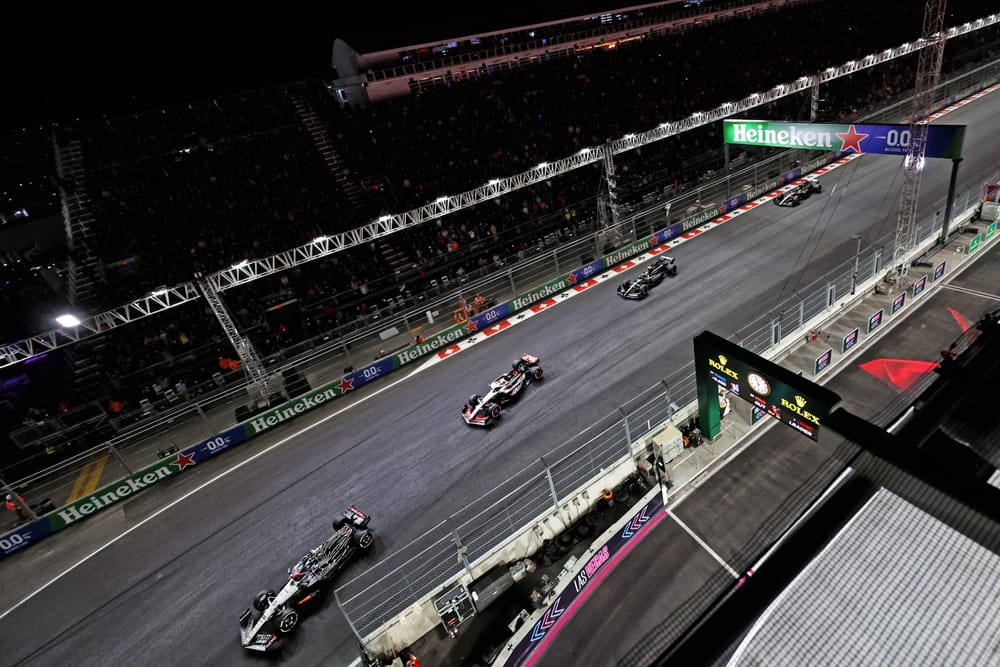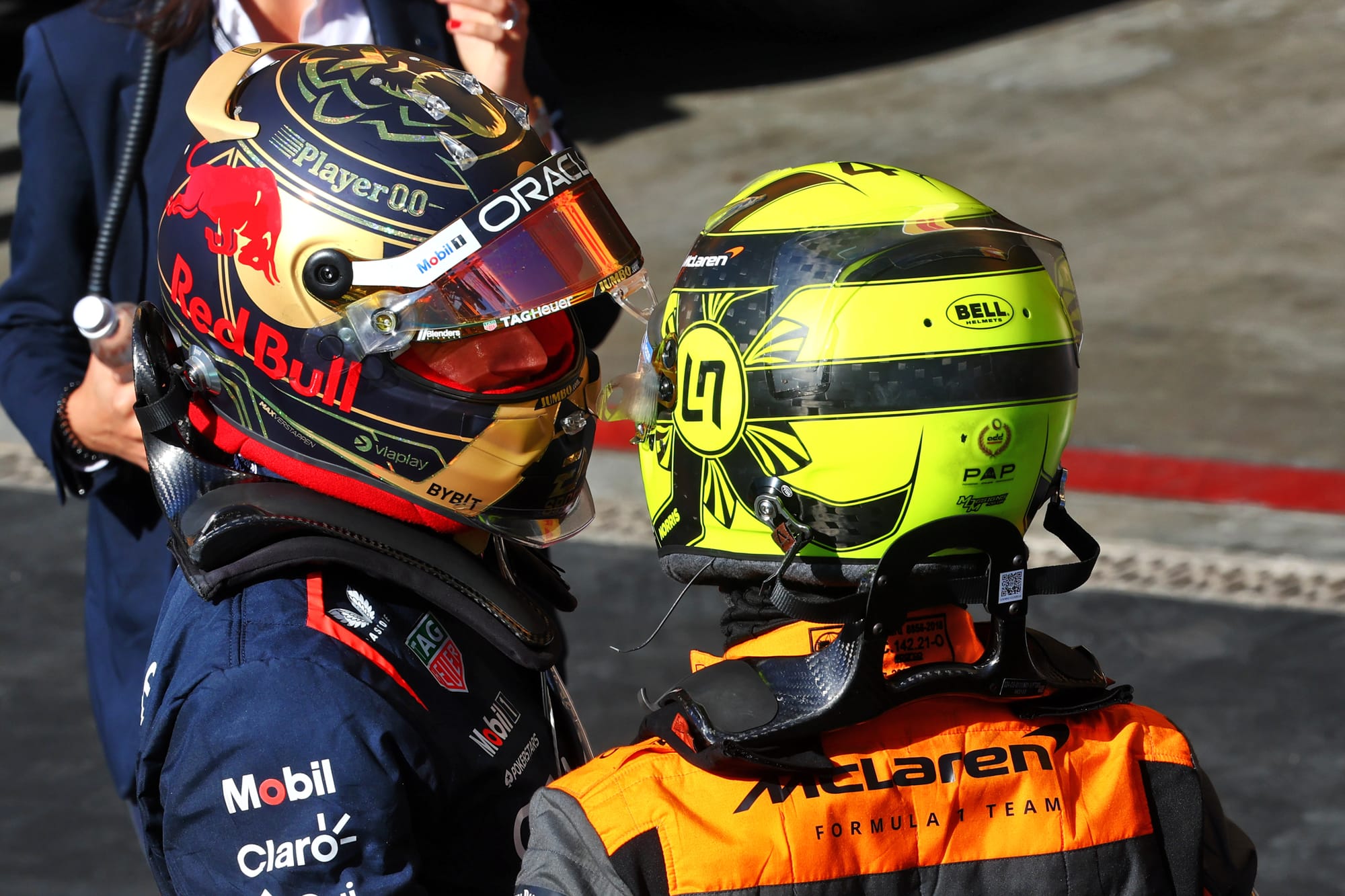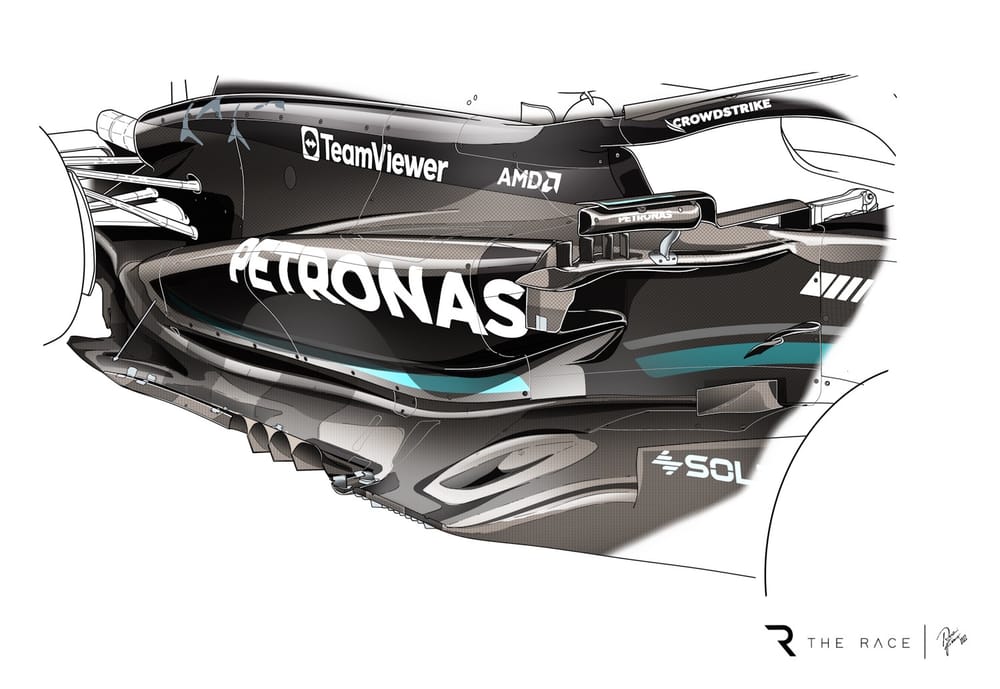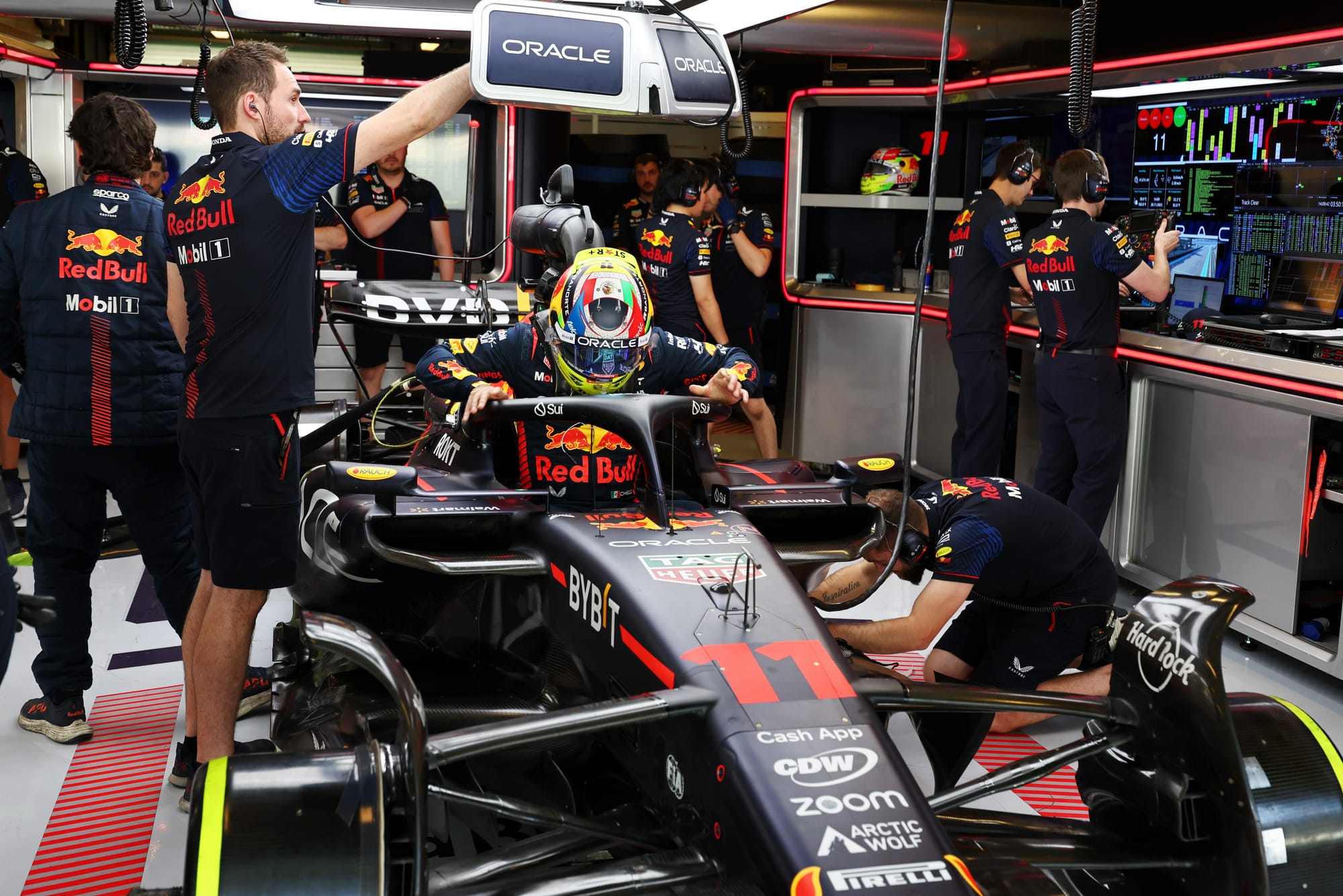Up Next

While the sheer domination of Max Verstappen will be history's main takeaway from the 2023 Formula 1 season, the year just ending settled a few debates elsewhere in the field.
In a recent episode of The Race F1 Podcast, special guest Sean 'Virtual Statman' Kelly joined Edd Straw and Scott Mitchell-Malm to pick the most important things they'd learned from the season - and debate them with stats.
Some of what they concluded we'll tackle separately on The Race in the weeks ahead. But here are six things F1 2023 proved.
ALONSO'S RIGHT: HIS AGE DOESN'T MATTER
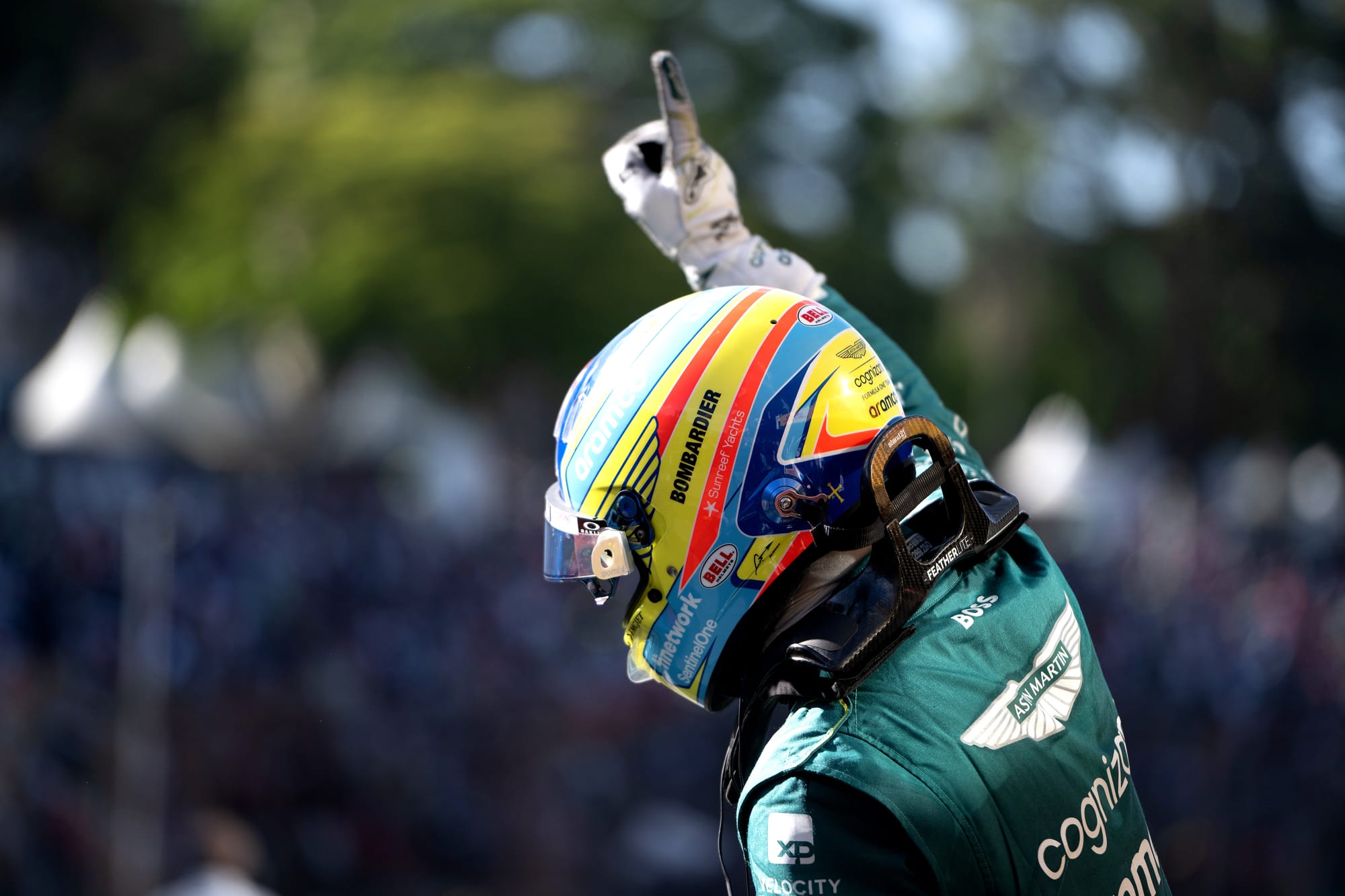
Fernando Alonso, who turned 42 in the middle of the season, has spent much of his F1 comeback finding new ways to vehemently argue that his age is no impediment to competitiveness - a point he was even more keen to make after the role Alpine's suspicion that he'd start to fade before the long-term contract he wanted would end played in their split.
Fourth in the drivers' championship - his best result since 2013 - and eight podium finishes, a galvanising role in Aston Martin's rise, and a commanding defeat of team-mate Lance Stroll (17 years younger than Alonso) made Alonso's point for him in 2023. And if Aston Martin can get back to its early-2023 form next year, it's totally realistic to imagine Alonso becoming the first over-40 F1 race-winner since Nigel Mansell's final triumph in Adelaide at the age of 41 in 1994.
Scott Mitchell-Malm: Alonso said when his comeback was first announced that he's never known a race result to be decided by the date on someone's passport - which was a nice line, but the lack of success for drivers over 40 in F1 shows that to a degree the date of birth is a factor, as proven by history. What's been amazing is that Alonso continues to defy it.
My favourite example that shows that something raw and instinctive inside him just hasn't waned is his ability on opening laps. That's why his spin at the first corner in Las Vegas was so surprising, because he's generally been superb on first laps. The instinct kicks in, he darts around troubles and invariably moves forward.
Sean Kelly: Michael Schumacher was kind of shown the way by Nico Rosberg when he made his comeback at Mercedes. I felt for several years that Kimi Raikkonen was kind of phoning it in at Ferrari and trading on past glories. Alonso, to me, is still operating at the top level. I still feel like we're getting 'maximum Alonso' rather than someone who thinks a tenth of a second quicker than Lance Stroll is good enough.
MERCEDES' CAR CONCEPT CANNOT BE SALVAGED
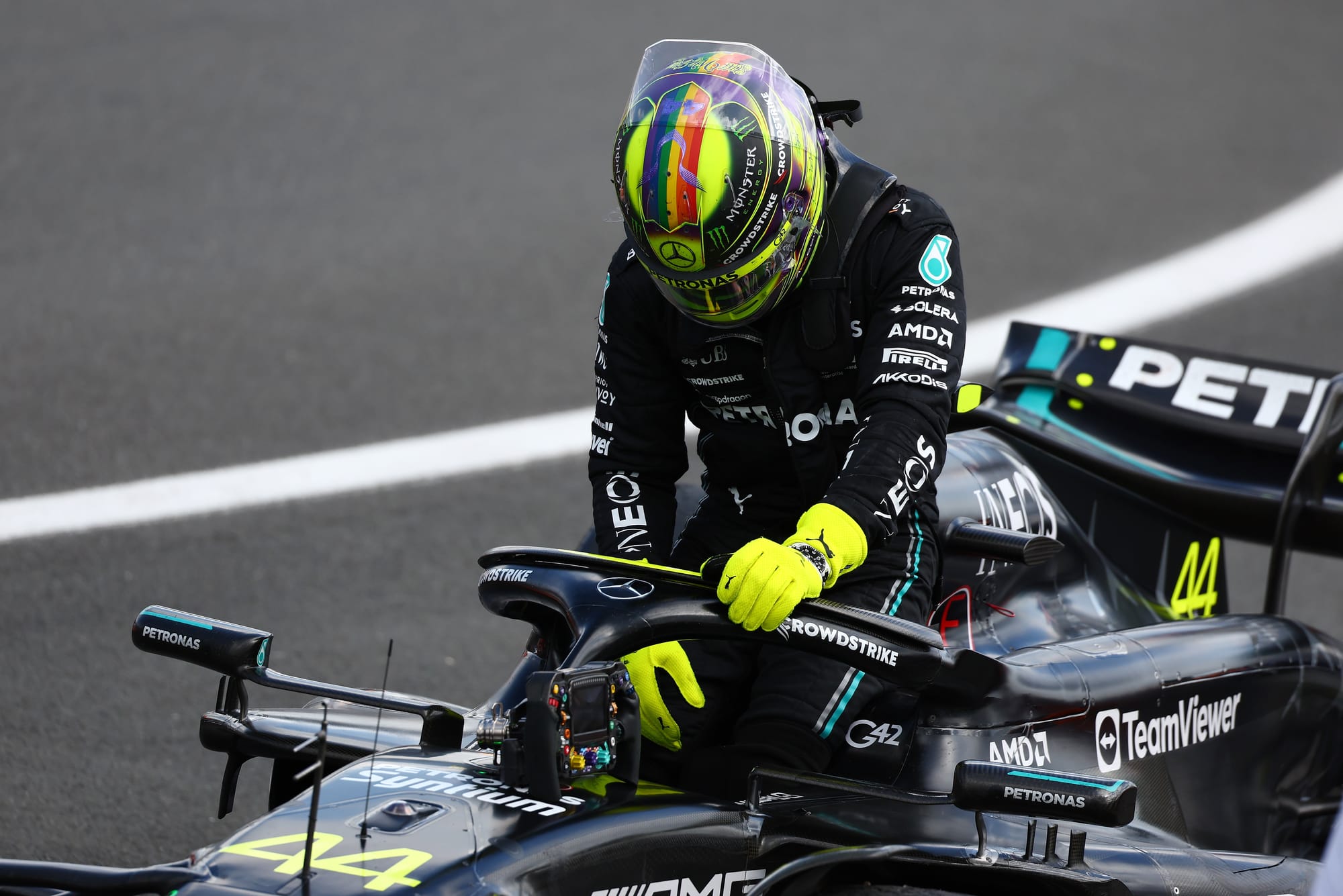
Tricked by its late-2022 progress and Brazilian Grand Prix win, Mercedes only refined its first design concept of the new ground effect era for this season rather than rethinking it. And it backfired spectacularly, as the team and drivers realised even in testing - and definitely by the end of the season-opener - that the car just wasn't going to be competitive enough to get near Red Bull.
What needed to be done was too great a task for in-season changes, so Mercedes had to grind through another year of damage limitation - clinging onto second in the constructors' championship but with over 100 points fewer than last year's third-place score and a near doubling of the deficit to Red Bull (451 points compared to 244 in 2022) as well as going winless for the first time since 2011.
Scott Mitchell-Malm: There have been arguments back and forth over whether it was the sidepods or this or that. These various items almost became totemic. But nothing that was changed, changed the fact that this Mercedes - just like last year's - was not good enough.
The only difference this time is that Mercedes hasn't got to the end of the year thinking 'maybe we can salvage this concept'. There was no victory to trick everyone into staying the course. There are big changes coming next year. We knew coming into this season that it was make or break for Mercedes to prove its independent design direction could work. We got the answer fairly early on that it wouldn't.
Edd Straw: James Allison admits that one thing that caught Mercedes out was that it put all its problems down to the porpoising and bouncing last year and thought that once that was troubleshot, it was fine. They weren't listening to the drivers enough about the entry instability that they thought was purely down to the porpoising but was actually something else.
There will be a brand new car next year with some big architectural changes around the monocoque, gearbox and rear suspension. The big question is: can Mercedes make the right changes?
PIASTRI HAS F1 ELITE SPEED
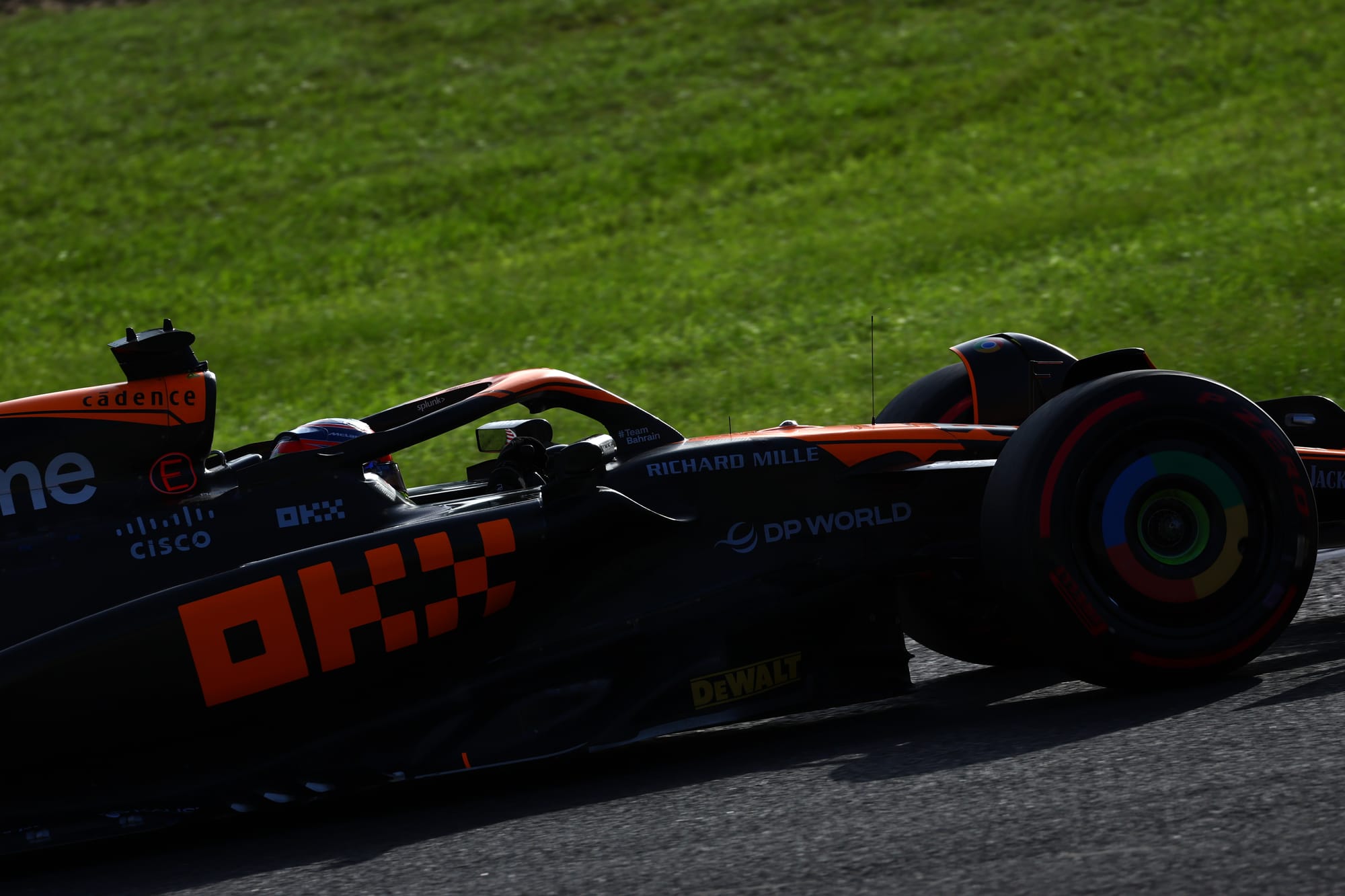
Oscar Piastri's junior career and the ferocity of Alpine and McLaren's fight over him suggested he would star in F1. His first season proved it, headlined by the Qatar sprint win and Japanese GP front-row start, plus the multiple occasions when he had the edge over experienced and very highly-rated team-mate Lando Norris.
Sean Kelly: Norris has never lost a season-long qualifying battle against an F1 team-mate. Piastri outqualified him seven times in his rookie season, and Norris is now a pretty seasoned campaigner and very established at McLaren. Piastri's the first rookie since Hamilton to take multiple podiums in his first year. For me the most impressive thing he did was to put it on the front row at Suzuka on his first visit.
Scott Mitchell-Malm: There's clearly great ability there over one lap. The race distance is the part that gets a lot harder in F1, as he's discovered this year. The ability is there, no question. What he has to augment that is a stunning work ethic and ability to process stuff in real time that means - whether it's between runs on track or after a debrief - he in McLaren's description 'cashes in' on opportunities to improve. I just think that is a fantastic foundation for a grand prix driver.
F1's CURRENT SPRINT FORMAT DOESN'T WORK
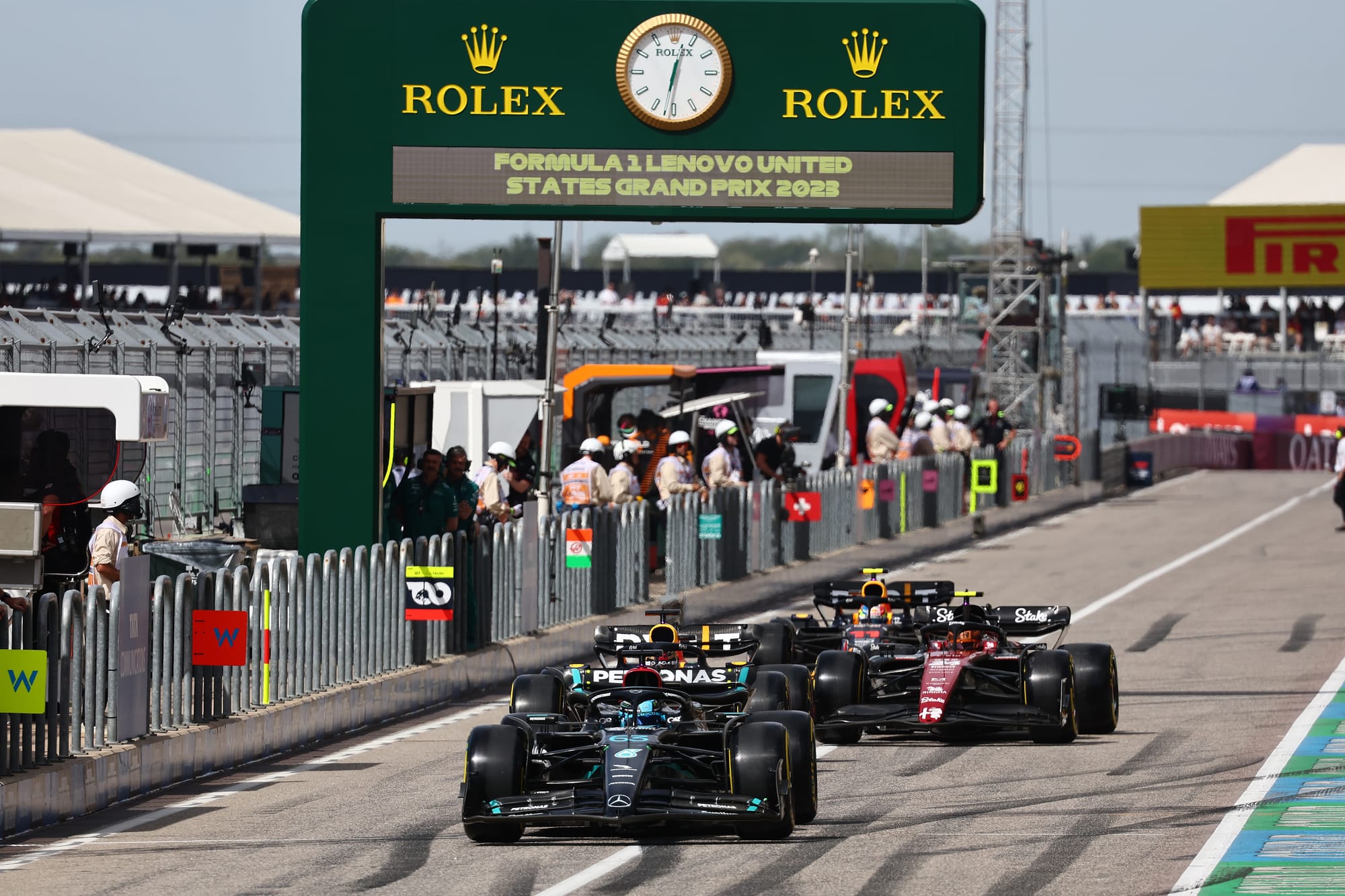
F1 tried to revitalise its sprint format with the addition of the Saturday morning shootout qualifying session to set a separate grid.
But whether it was the odd and disjointed rhythm of grand prix qualifying on a Friday evening being for a race still two days away and with a sprint qualifying and sprint race in between, increasingly anomalous statistics such as Piastri having won an F1 race but not being a grand prix winner yet, or the parc ferme rules that meant teams that lost their way in the sole Friday practice session were write-offs for the whole weekend or even risked disqualification from unexpected plank wear, this was a season where the sprints created too many headaches compared to the occasional thrills they added.
Sean Kelly: As it stands, the sprint is basically just a run-through of the first segment of a grand prix. We've got away from the nonsense of the person who took pole position in qualifying potentially not being the person who starts the grand prix from first on the grid. But now there is the problem of dealing with its relevance to a weekend.
Edd Straw: There's a need to make sure that the sprint is something distinct that offers something different to what the grand prix does, rather than just a watered-down repeat - which is ultimately what it is.
When we turn up for the Saturday of a sprint race, I'm always thinking 'this just feels pointless, futile and irrelevant'. Because grands prix matter. Because in 70 years' time, hopefully grand prix racing is still a thing in whatever form, and the next generation will hopefully care about how the stats interact with what's happening now - and as far as I'm concerned, that's completely lost with the sprint. It just doesn't matter and feels lightweight and pointless.
PEREZ'S ONE-LAP SPEED IS RED BULL'S MAIN WEAKNESS
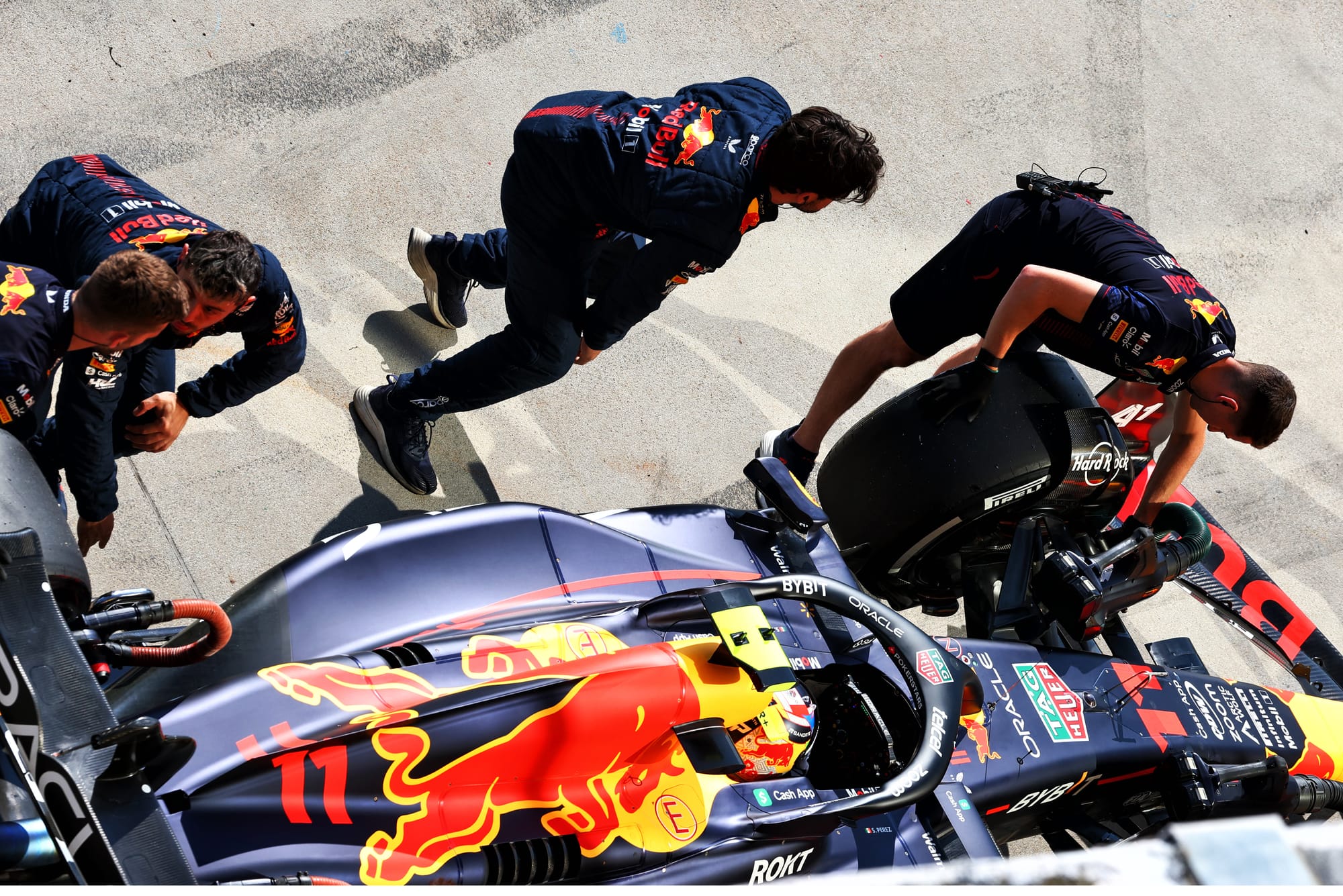
While Red Bull's full advantage was generally only seen in race trim (as it could not fire up its front tyres as effectively as some rivals for one lap speed but protected them better over a stint), Verstappen still notched up 12 grand prix poles and a further four front-row starts. After his Miami pole in early May, Perez only made the front row one more time all season and regularly failed to even get to Q3.
Sean Kelly: Early in the season we all thought we might be about to get a championship fight. Then Perez went through this crisis in confidence and only had one top-four start in the last 16 grands prix of the season and failed to reach Q3 nine times in the car that won the constructors' championship. The previous record in that category is four times - Webber with Red Bull in 2012.
That said, Perez was still 51 points clear of third in the drivers' championship. But he accrued 49 of those points in the first five races of the year. After that, there were some times where he was completely outclassed.
I did think there was a genuine threat to his seat had he not finally secured second in the championship in his very laboured run to the runner-up spot. When Valtteri Bottas was finishing second to Hamilton, you could see why Mercedes would argue 'why change anything? They're 1-2 in the championship and that's the whole point'. It was only once Verstappen became an effective opponent that Mercedes made a change.
Scott Mitchell-Malm: You've got a car that's not perfectly set-up for qualifying but is set up brilliantly for race days, and a driver who is not one of the best qualifiers in F1 and is actually probably one of the weaker qualifiers. But he's a fantastically reliable operator on race days when he has the car underneath him to be confident and drive the way he wants to.
Verstappen can work around the limitations of the car in qualifying, and then is excellent on Sundays as well, whereas Perez ends up in a much worse position on the grid because in qualifying he's not great and the car's not great. Then he's into damage limitation. If Red Bull's under pressure next year, it can't afford that.
THE CURRENT RULES AREN'T WORKING AS HOPED
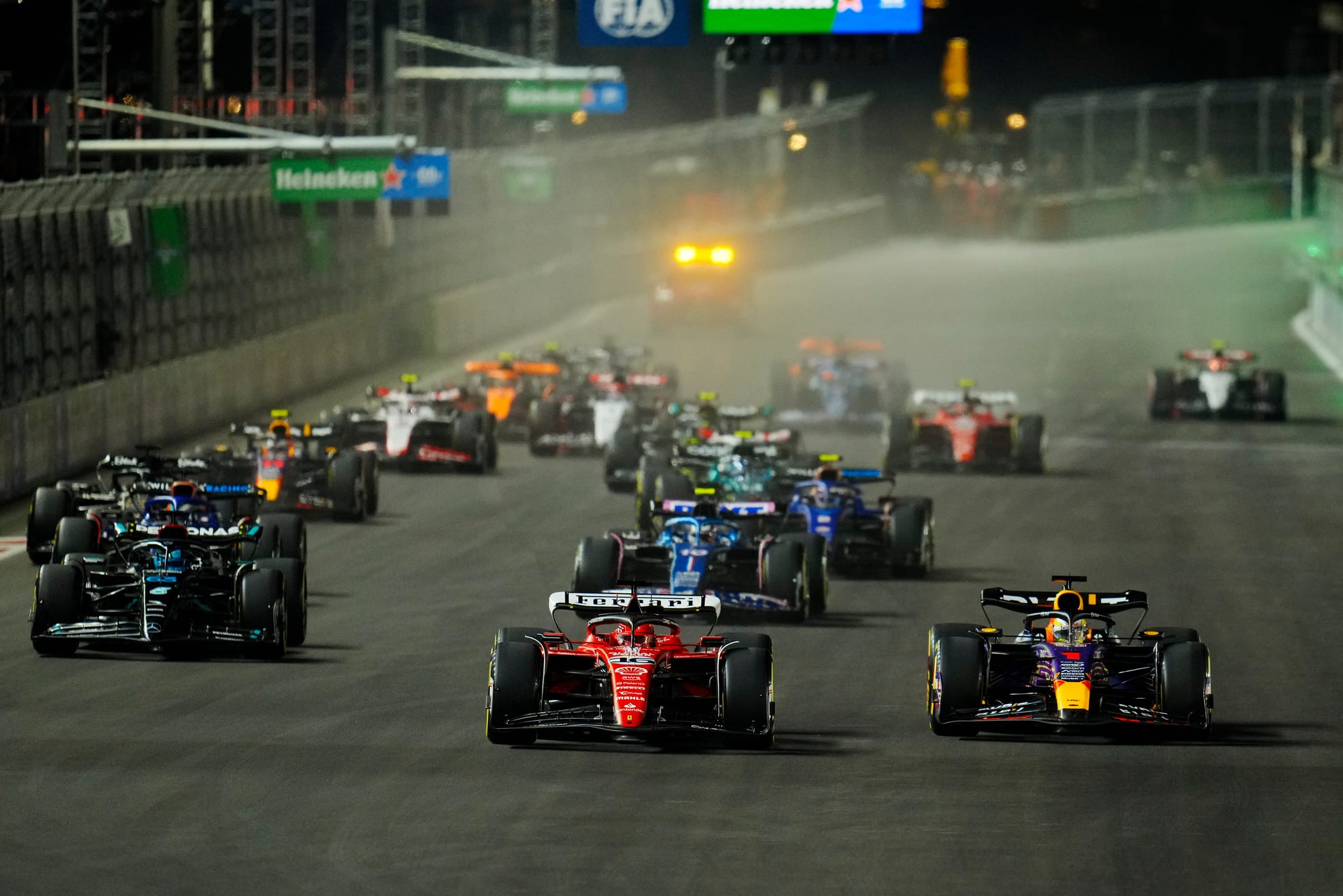
The front-to-back gap in F1 has definitely closed since the advent of the current regulations. But efforts to reduce 'dirty air' and improve overtaking haven't paid off as hoped, and Red Bull's edge means that very close pack isn't doing any winning. The dream of a wide open championship with multiple teams in title contention and plenty of non-DRS overtaking seems a long way off.
Scott Mitchell-Malm: The rules worked OK in 2022 and this year there was a regression. In 2021 you were losing half your downforce when around three car lengths behind a car in front. The target was to take that down to 15-20% for 2022. Now it's around 35%. That's what the FIA observed.
How the teams pushed the regulations in the second year made the dirty air a bit worse again, and these cars - except perhaps the Red Bull - still aren't set up to produce downforce massively efficiently in the wake of another car. And that is disappointing because it was a big sell of the new regulations and these were the most researched set of rules in F1 history.
For it to have been unpicked by what the FIA has since admitted was some loopholes it could have perhaps closed had they been clocked soon enough - and that are probably going to be left until 2026 - is a little unsatisfying.
I don't think anyone was expecting Formula 1 to suddenly become a Formula Ford 1600 race around Silverstone National, but we were all hoping for a little bit better than what we saw for a lot of this year.

